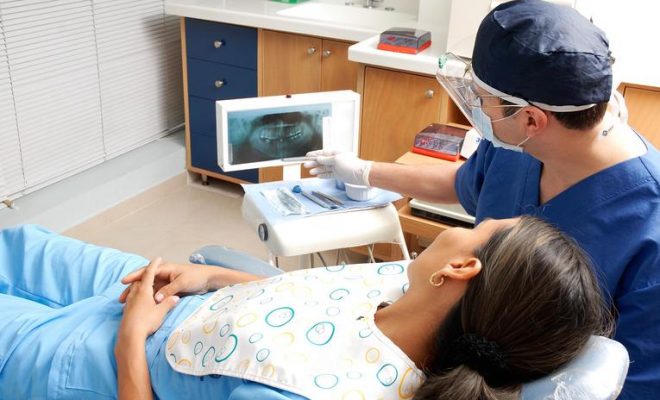Navigating Prenatal Care: How to Evaluate Your Baby’s Health with Advanced Screening Techniques

Expectant parents are often filled with a mix of excitement and anxiety, particularly when it comes to the health of their unborn child. Thankfully, modern prenatal care offers advanced screening techniques, such as the Unity Screen, that provide valuable insights into your baby’s well-being. In this blog post, we’ll explore the various options available to you and guide you through the process of evaluating your baby’s health using these state-of-the-art methods.
Understanding Prenatal Screening
Prenatal screening refers to a range of non-invasive tests offered during pregnancy to assess the risk of specific genetic and chromosomal disorders in the developing fetus. These tests are designed to:
- Identify potential health issues early in pregnancy, allowing for prompt intervention and improved outcomes.
- Empower parents to make informed decisions about their pregnancy and future family planning.
- Provide peace of mind and reassurance.
Types of Prenatal Screening
There are several prenatal screening tests available, each with its own benefits and limitations. Some of the most common options include:
- First Trimester Screening: Performed between 11 and 14 weeks of pregnancy, this test combines a blood test and an ultrasound exam to assess the risk of Down Syndrome (Trisomy 21) and other chromosomal abnormalities.
- Cell-free DNA Testing (cfDNA): Also known as non-invasive prenatal testing (NIPT), this screening method analyzes fragments of fetal DNA found in the mother’s blood to detect the risk of various genetic and chromosomal disorders. A popular test in this category is the Unity Screen.
- Multiple Marker Screening: Also known as the quad screen, this blood test is typically performed between 15 and 20 weeks of pregnancy. It measures specific proteins and hormones to assess the risk of Down Syndrome, Trisomy 18, and neural tube defects.
- Ultrasound Examination: Performed at various stages of pregnancy, ultrasound imaging helps evaluate the baby’s growth, development, and overall well-being. Specific types of ultrasounds, such as nuchal translucency and anomaly scans, can also provide insights into the risk of chromosomal abnormalities.
Weighing the Options: Factors to Consider
When choosing a prenatal screening test, it’s essential to consider the following factors:
- Accuracy: Different tests have varying levels of accuracy, with some methods offering higher detection rates than others.
- Safety: Most prenatal screening tests are non-invasive, posing no risk to the mother or baby. However, invasive diagnostic tests, such as amniocentesis or chorionic villus sampling (CVS), may be recommended in some cases and carry a slight risk of complications.
- Timing: Certain tests can be performed earlier in pregnancy, while others are reserved for later stages. Early detection allows for more time to make informed decisions and seek appropriate care.
Discussing Your Options with Your Healthcare Provider
It’s crucial to have open and honest conversations with your healthcare provider about prenatal screening. They can help you:
- Understand the benefits and limitations of each test.
- Determine which tests are most suitable for your individual needs and circumstances.
- Interpret the results and guide you through any necessary follow-up steps.
The Future of Prenatal Care
As prenatal screening techniques continue to advance, expectant parents can benefit from a wealth of information about their baby’s health. By understanding the options available to you and working closely with your healthcare provider, you can make well-informed decisions and confidently navigate the journey of parenthood.










